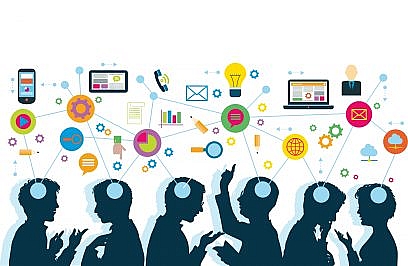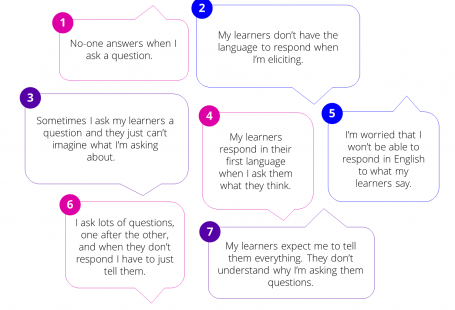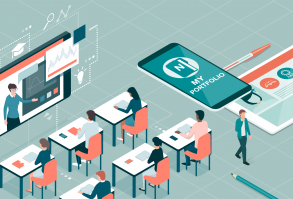Many times in education we are told to differentiate instruction to both reach our struggling students and challenge their more advanced peers. Unfortunately, what usually happens is we are told to do this, but then not told how.
Over the past few years, instruction and technology have allowed us to move beyond a, ‘one size fits all,’ approach to teaching. Teachers have learned instructional strategies that help fit the needs of individual student abilities and tap into student passions. In the past, personalized learning has been difficult to achieve due to the sheer amount of time required. In today’s classroom, technology has made the process much easier and allowed us to truly embrace personalized learning.
Personalized learning can be delivered in many ways, but in this post we’ll just focus on three instructional models: Project-Based Learning (PBL), Blended Learning, and the Flipped Classroom (which is actually a form of Blended Learning but is worth its own discussion).
It’s up to you to determine how these models might be applied in your classroom. It’s important to deliver instruction at the correct level for your students, and which excites and motivates them. Standing in front of the class presenting content is unlikely to do this, so let’s use these three as models to inspire your thinking about what else is possible.
Personalized Learning with 3 Models
Project-Based Learning (PBL) starts with a Driving Question followed by an inquiry process as students organize their thoughts. They then choose how to solve the problem and present their findings. PBL encourages students to devise their own solutions about issues/problems rather than look for someone else’s solution.
See the Buck Institute for more information on PBL.
Blended Learning is a model that weaves classroom and online instruction together. Many blended classrooms rely on a robust teacher website where teachers can post activities for students to complete or create online. Blended learning often uses adaptive online learning programs that can increase skills and knowledge, freeing the teacher up to work intensively with smaller groups.
See the Clayton Christensen Institute for more information on Blended Learning.
Flipped Instruction switches up the instructional model of the classroom. The traditional model where students practice at home without assistance and receive content in class is flipped. Instead, students receive the content at home (normally by video) then the teacher reinforces the video and asks students to apply what they learned in class. The teacher is there to support and extend the learning.
As mentioned, teachers don’t have to choose just one of these three personalized learning models. While one approach may be best for one unit, a different model may be better for other material.
Please feel free to contact me if you need any further information.





